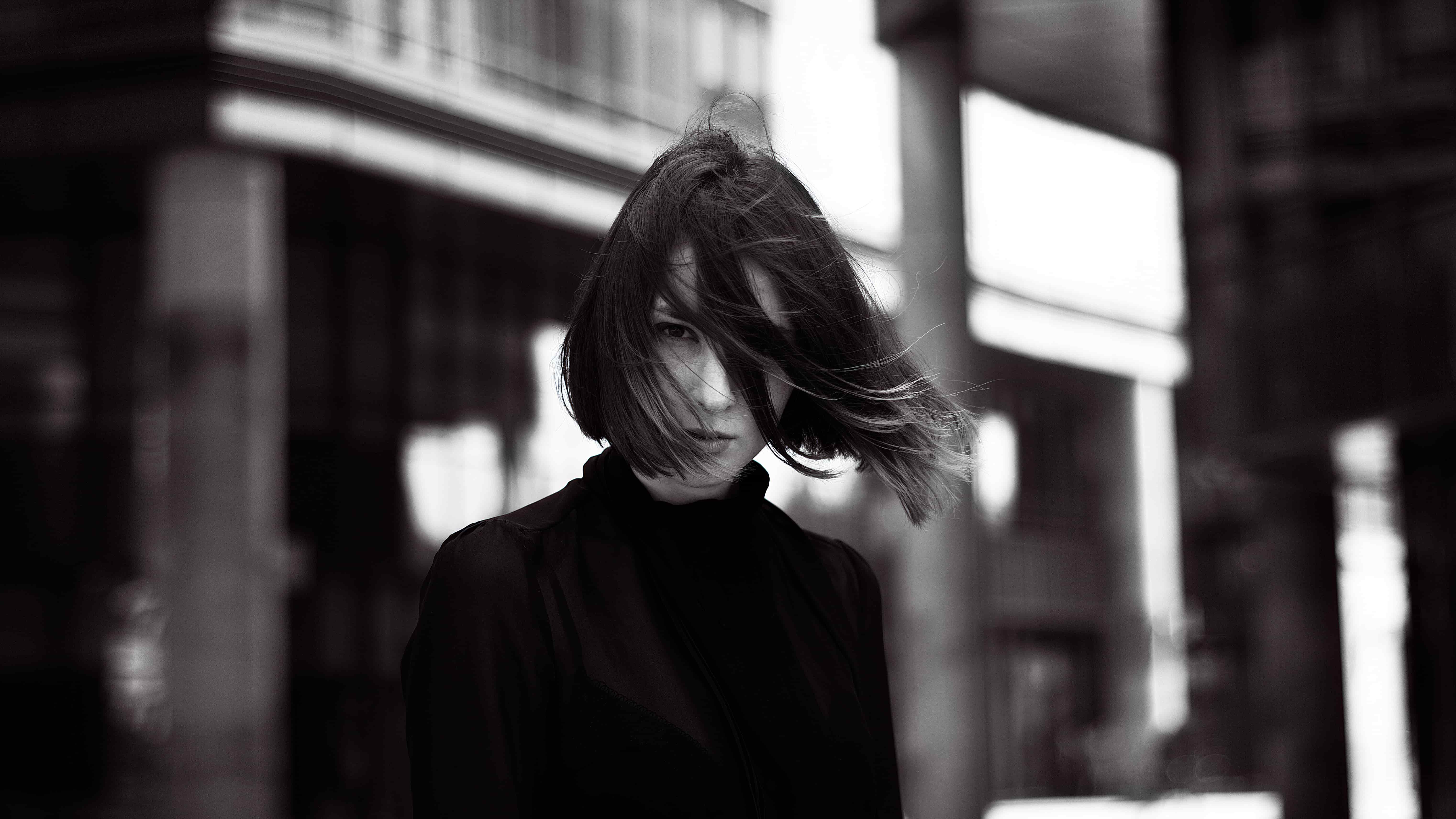Your cart is currently empty!
The Ultimate Guide to Bee-Friendly Flowers
Bees are essential pollinators, responsible for the reproduction of many plants, the health of ecosystems, and even a significant portion of the food we eat. Supporting them isn’t just good for your garden—it’s critical for global biodiversity. A bee-friendly garden provides nectar and pollen sources, habitats for nesting, and a safe environment free from harmful pesticides. The right flower selection can make your garden a buzzing paradise, attracting honeybees, bumblebees, mason bees, and solitary bees alike.
Why Planting Bee-Friendly Flowers Matters
Pollinators like bees help fertilize flowers by transferring pollen from one bloom to another, which allows plants to produce fruits, seeds, and new flowers. Without bees, many fruits, vegetables, and ornamental plants would struggle to thrive. By choosing flowers that attract and nourish bees, gardeners can:
- Boost pollination rates for fruits, vegetables, and flowers.
- Increase biodiversity in the garden and surrounding ecosystem.
- Support the survival of declining bee populations.
- Create a visually vibrant garden that changes with the seasons.
Key Characteristics of Bee-Friendly Flowers
When choosing flowers to support bees, look for plants that are:
- Rich in nectar and pollen: Bees need both for energy and nutrition.
- Single blooms: Simple, open flowers are easier for bees to access than double-flowered hybrids.
- Native species: Local plants are adapted to the needs of local bee populations.
- Continuous bloom: Having flowers throughout spring, summer, and fall ensures bees have a consistent food source.
- Safe and chemical-free: Avoid pesticides and herbicides, which are harmful to pollinators.
Top Bee-Friendly Flower Varieties
1. Lavender (Lavandula spp.)
Lavender is a favorite of honeybees and bumblebees, thanks to its aromatic flowers packed with nectar. English lavender (Lavandula angustifolia) is long-blooming and drought-tolerant, while Spanish lavender (Lavandula stoechas) adds a whimsical look with its “rabbit ear” petals. Bees love both, and the strong fragrance makes it a sensory delight for gardeners too.
2. Coneflowers (Echinacea spp.)
Coneflowers are robust, native perennials that attract bees and butterflies alike. Their large, daisy-like blooms with central cones make pollen and nectar easily accessible. Varieties like Echinacea purpurea, ‘Magnus’, or ‘Cheyenne Spirit’ come in purples, reds, and oranges. Coneflowers also produce seeds that feed birds in late summer, providing multi-season support for wildlife.
3. Sunflowers (Helianthus spp.)
Sunflowers are giant nectar and pollen factories. Native bee species, including bumblebees and leafcutter bees, frequently forage on them. Smaller varieties like ‘Sunspot’ or ‘Teddy Bear’ are easier for bees to navigate than some giant hybrids. Sunflowers also attract beneficial insects, making them a natural companion in vegetable gardens.
4. Salvia (Salvia spp.)
Salvias, or sages, are loved for their tubular flowers and long bloom times. Blue sage (Salvia farinacea) and autumn sage (Salvia greggii) provide both nectar and structural support for bees to land and forage. They thrive in sunny, well-drained areas and are drought-tolerant, making them a low-maintenance choice for bee gardens.
5. Catmint (Nepeta spp.)
Catmint’s long spikes of lavender-blue flowers attract a wide range of pollinators. Its aromatic foliage also deters deer and rabbits. Varieties such as ‘Walker’s Low’ or ‘Six Hills Giant’ bloom repeatedly and require minimal care, providing a continuous food source for bees throughout the season.
6. Borage (Borago officinalis)
Borage, with its star-shaped blue flowers, is highly attractive to bees. It produces a tremendous amount of nectar relative to its size and is easy to grow from seed. Borage also improves soil health and can be interplanted with vegetables to enhance pollination and overall yield.
7. Black-Eyed Susans (Rudbeckia hirta)
Black-eyed Susans are native, hardy perennials that bloom mid to late summer. Bees are drawn to their yellow petals and dark centers. They are excellent for naturalistic garden designs, meadows, or pollinator strips and can tolerate drought and poor soils.
8. Thyme (Thymus spp.)
Creeping thyme and flowering thyme varieties offer tiny flowers with intense nectar. Bees can easily forage among dense mats of thyme, which also doubles as a fragrant groundcover. It’s ideal for borders, rock gardens, or pathways.
9. Phacelia (Phacelia tanacetifolia)
Also known as lacy phacelia or purple tansy, this annual flower is a magnet for honeybees and other pollinators. Its deep purple, lacy flowers produce abundant nectar and bloom in clusters, making it easy for bees to feed efficiently. Phacelia is also used as a cover crop to improve soil and prevent erosion.
10. Clover (Trifolium spp.)
White, red, and sweet clover are low-growing but excellent nectar sources. They attract both small solitary bees and honeybees and are perfect for integrating into lawns or meadows as living mulch. Clover also fixes nitrogen, enriching the soil naturally.
Designing a Bee-Friendly Garden
Creating a garden that supports bees requires more than planting the right flowers. Here are key principles:
- Diverse Plantings: Include a mix of annuals, perennials, and native plants to offer continuous bloom.
- Layered Height: Plant flowers of varying heights so bees can forage comfortably at different levels.
- Avoid Pesticides: Choose organic or bee-safe gardening practices. Even low-toxicity sprays can harm pollinators.
- Provide Shelter: Leave patches of bare soil for ground-nesting bees and consider bee hotels for cavity-nesting species.
- Seasonal Blooms: Ensure something is flowering in early spring, midsummer, and fall to provide consistent nutrition.
- Water Source: A shallow dish of water with pebbles allows bees to hydrate safely.
Florist guide
A bee-friendly garden benefits not only the pollinators but also your plants and the broader environment. By selecting flowers rich in nectar and pollen, including native species, and maintaining a chemical-free space, gardeners can create vibrant, buzzing spaces alive with activity. From the aromatic lavender to towering sunflowers and low-growing thyme, there’s a bee-friendly flower for every garden style. Supporting bees is an investment in your garden’s health, food security, and ecological sustainability—and it also provides one of the most rewarding sights in gardening: a garden alive with happy, busy pollinators.


